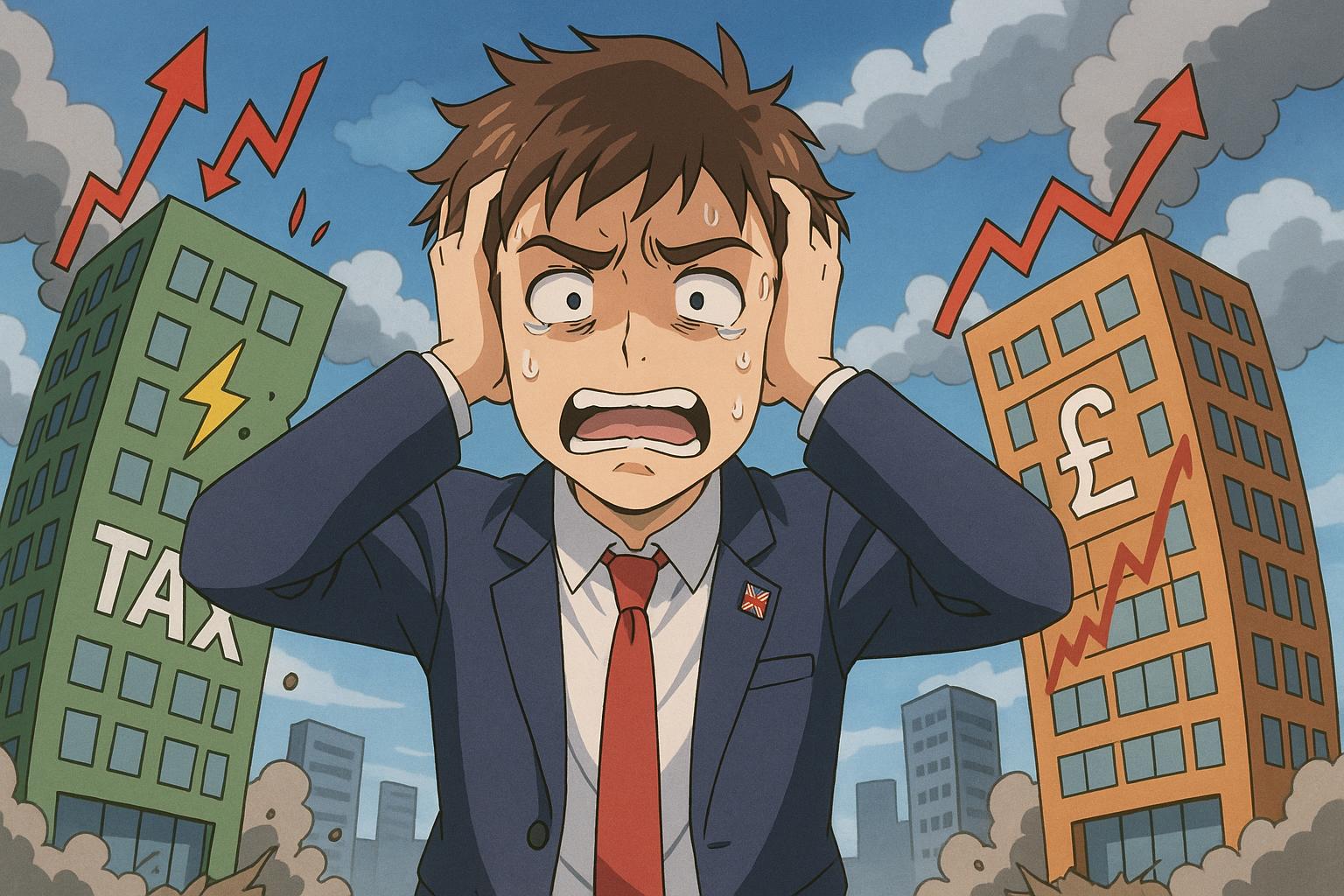Business insolvencies in the UK have surged in recent months, hitting their highest levels since last July, driven by a combination of increasing tax liabilities and persistent economic instability. According to the latest figures from the Insolvency Service, registered company insolvencies in England and Wales rose by 3% in April to 2,053, signifying a worrying trend as firms grapple with mounting financial pressures. Although this is a substantial rise compared to a more stable month prior, it remains 5% lower than the same month last year, suggesting a complex scenario for businesses navigating through fluctuating economic conditions.
The rising insolvencies have been particularly fuelled by tax increases imposed by the government. The increase in National Insurance contributions has particularly escalated labour costs for businesses, compounding challenges already faced in a tumultuous economic environment. Analysts have noted that these financial burdens, coupled with slow consumer spending and rising operational costs, are pushing many businesses to the brink. Creditors’ voluntary liquidations, where companies voluntarily choose to dissolve, accounted for a significant share of these figures, with 1,544 instances reported in April.
Meanwhile, compulsory liquidations—where firms are forced to close often due to creditor pressures—have also seen a dramatic rise, reaching 379, the highest level in over five years. This indicates a notable shift in the landscape, as it appears creditors are becoming increasingly proactive in claiming outstanding debts. Tom Russell, president of R3, the insolvency and restructuring trade body, expressed concern over the high numbers of voluntary liquidations, attributing them to ongoing economic uncertainty and the high costs that businesses struggle to manage. He highlighted that “the consistently high numbers reflect the ongoing challenges, high costs and political and economic uncertainty businesses face.”
Additionally, the statistics reveal that the insolvency figures for April 2023 eclipse those seen during the COVID-19 pandemic, further underlining the scale of the current financial distress. The Office for National Statistics emphasized the concerning trajectory, indicating that financial strain is being felt across various sectors, with construction notably among the hardest hit. Rising inflation and increased labour costs are particularly destabilising for firms in this industry, which has accounted for a significant portion of recent insolvencies.
Jo Hewitt, a senior managing director at FTI Consulting, remarked that while a recent interest rate cut may offer some relief for burdened borrowers, it is still uncertain whether the overall business sector can weather ongoing market volatility. Factors such as escalating energy costs, geopolitical uncertainties, and a decline in consumer demand continue to place immense strain on businesses.
In light of these challenges, the recent figures are a stark reminder of the precarious situation many UK companies find themselves in as they attempt to navigate a landscape laden with economic hurdles. As government bodies strive to maintain financial stability, the ability of businesses to adapt to these evolving challenges will be crucial in the months ahead.
Overall, while some companies may show resilience in the face of adversity, the persistence of insolvency trends serves as a crucial indicator of the broader economic health of the UK business landscape, highlighting the urgent need for strategic support and proactive measures in addressing these emerging challenges.
Reference Map
- Paragraphs 1, 2, 4, 5
- Paragraphs 1, 2, 4, 5
- Paragraphs 2, 4
- Paragraphs 2, 4
- Paragraphs 1, 3
- Paragraphs 1, 2
- Paragraphs 1, 5
Source: Noah Wire Services
